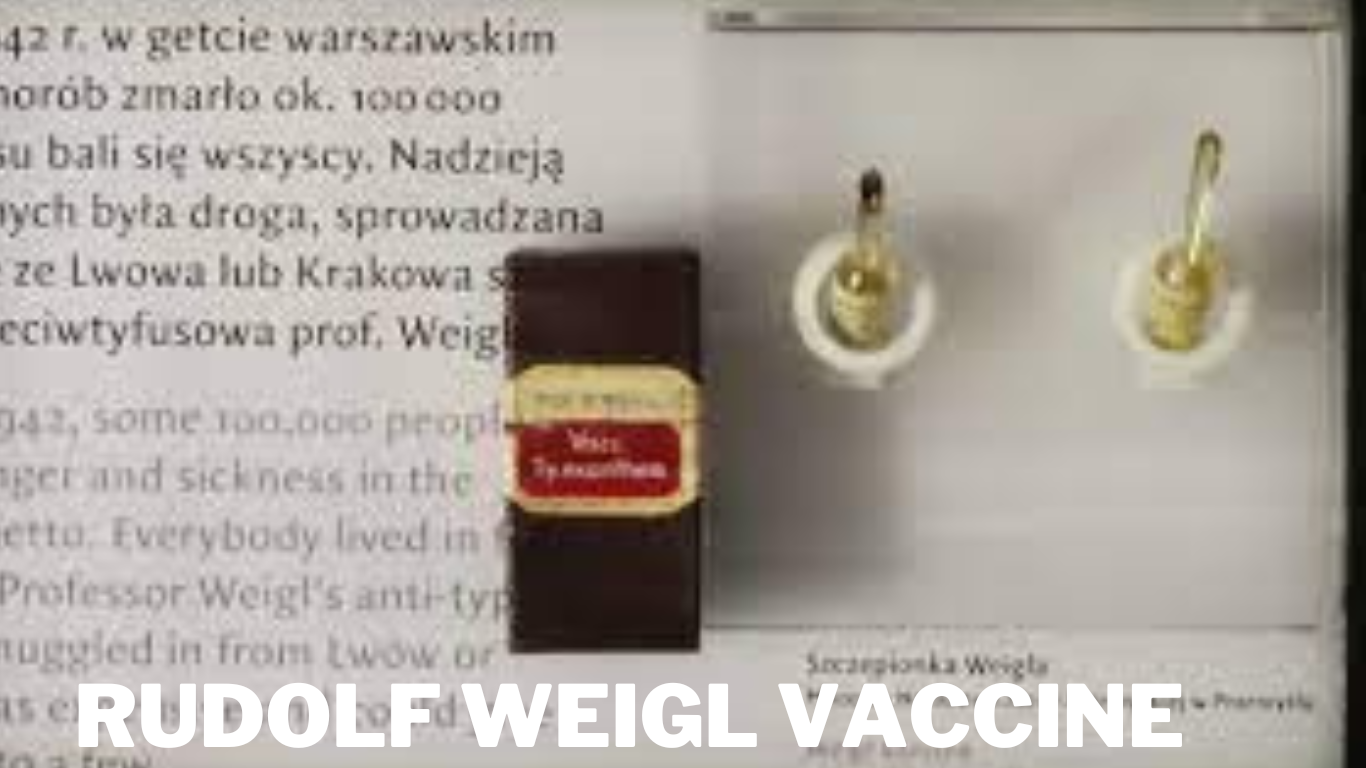rudolf weigl vaccine Rudolf Stefan Weigl, a renowned Polish biologist and pioneer in vaccine development, made a significant impact on public health during World War II with his groundbreaking work on the typhus vaccine. Amidst the chaos of wartime, where disease outbreaks were rampant, Weigl’s innovative approach to vaccine production provided a crucial shield against the deadly typhus fever.
Background and Early Career: rudolf weigl vaccine
Born in 1883 in Austria-Hungary (now part of Poland), Weigl’s interest in biology led him to study zoology and natural sciences. His fascination with insects, particularly lice, became a pivotal point in his career. He held academic positions at Lviv University and later established an institute in Lwów (Lviv), where he delved deeper into his research on epidemic typhus and its carriers, lice.
The Challenge of Typhus:rudolf weigl vaccine
During World War II, typhus was a significant concern, particularly in war-torn regions where unsanitary conditions and overcrowding prevailed. The disease, transmitted by the body louse, led to widespread outbreaks among civilians and military personnel. Its potential to cause devastation amidst the already tumultuous wartime situation was a pressing concern.
Innovative Vaccine Development: rudolf weigl vaccine
Weigl, drawing from his knowledge of entomology and biology, conceived an unconventional method for vaccine production. He realized that the bodies of lice harbored the Rickettsia prowazekii bacterium responsible for typhus. Weigl’s breakthrough involved infecting and cultivating lice to harvest the bacteria present in their digestive systems.
The Creation of the Typhus Vaccine: rudolf weigl vaccine
Using this unorthodox yet effective approach, Weigl and his team meticulously developed a vaccine derived from the weakened Rickettsia prowazekii obtained from infected lice. The vaccine, while unconventional in its origin, proved to be highly successful in stimulating the human immune system to produce antibodies against typhus.
Impact and Legacy:rudolf weigl vaccine
Weigl’s typhus vaccine played a crucial role in controlling and preventing the spread of the disease. It safeguarded numerous individuals, including civilians and soldiers, from succumbing to typhus during a time of widespread chaos and hardship. His innovative methodology of using insects to produce vaccines marked a significant advancement in immunology and vaccine development.
Recognition and Later Life: rudolf weigl vaccine
Post-war, Weigl’s contributions were acknowledged, and he received recognition for his lifesaving work. He continued his scientific endeavors and research in parasitology until his death in 1957, leaving behind a legacy of pioneering vaccine development that saved countless lives.
Conclusion:
Rudolf Weigl’s groundbreaking work in developing the typhus vaccine stands as a testament to human ingenuity and dedication to combating diseases. His unorthodox approach to vaccine production, using lice as a crucial component, not only helped curb a deadly disease but also paved the way for innovative methods in immunology and vaccine development, leaving an indelible mark on the history of medicine.
